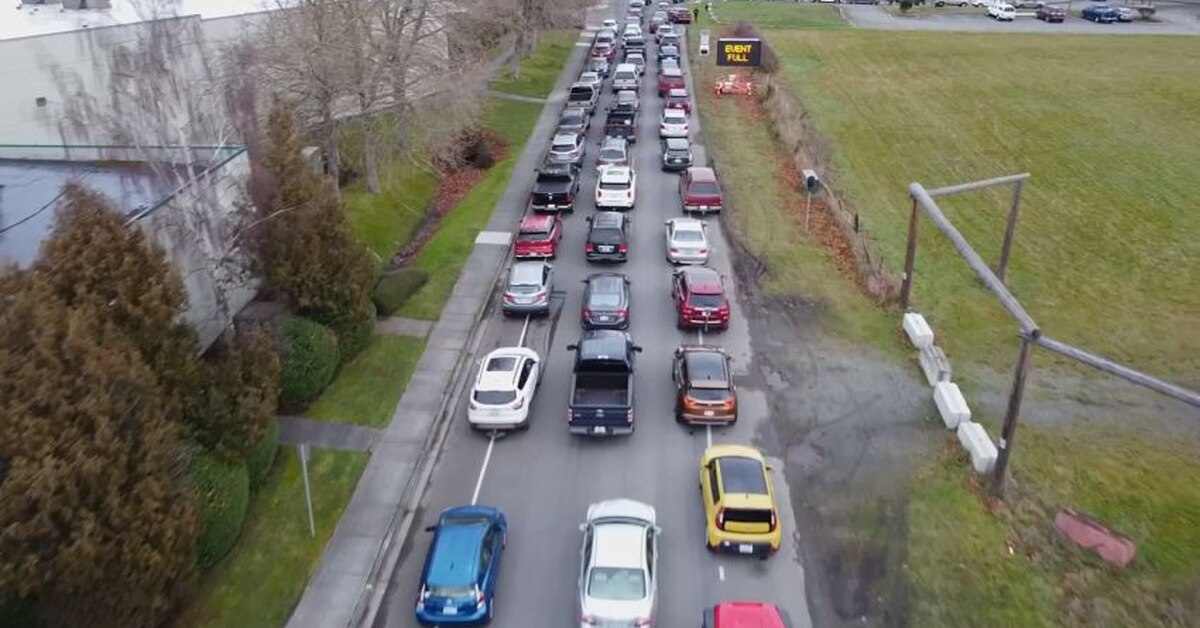Despite the $12 billion dollar investment by the federal government for vaccine development and distribution, there is no well-defined, reliable plan to efficiently administer them to the public. Unfortunately, rapid distribution of COVID vaccine to the entire U.S. population presents an unprecedented challenge. Operation Warp Speed is beginning to look more like Operation Grinding Halt.
According to information released this week by the Washington Department of Health, less than 20% of the COVID vaccines delivered to the state so far—60,000 of 356,650 doses—have been injected into the arms of “high priority” healthcare workers and long-term care facility residents. The remainder are presumably sitting unused in a freezer somewhere.
The three obstacles to vaccine administration right now are: vaccine, venue, and vaccinators.
Vaccine administration is complicated because some patients experience dizziness, become lightheaded or pass out after receiving it. Rare, life-threatening allergic reactions can occur. Therefore, all patients receiving COVID vaccine should be observed for 15-30 minutes at a minimum.
The bottleneck to vaccine administration is a lack of available vaccinators plus 3-4 support personnel per vaccinator. Clinic staff must collect demographic information and consent forms, draw up and administer shots, and keep watching patients for signs of complications. Afterward, the patient information must be entered into a rather sluggish state database, which takes at least 5-10 minutes per entry on a good day. And twenty-one days after that, these same patients must be contacted and scheduled to receive a second dose.
Currently, vaccines are being given to “high priority” groups at Peninsula Community Health, St. Michaels Hospital, pharmacies, and some private clinics. Based on my calculations, vaccinating 50% of Kitsap County’s 220,000 adults will require the administration of 1500 injections daily, 7 days a week, for nearly six months!
The physicians, nurses, pharmacists and other healthcare workers cannot stop seeing sick patients for the next six months in order to administer COVID vaccines. There are simply not enough physicians to go around. In addition, not all physicians are experienced with providing primary care for the elderly. As a pediatrician, I feel unequipped to vaccinate older patients without support personnel on-site who are familiar with treating this age group, should a massive allergic reaction occur.
The demand for vaccination will quickly overwhelm the available resources in this community. As a matter of comparison, giving 1500 shots each day is 3 times higher than the maximum number of COVID tests collected in Kitsap County using drive-through testing sites. We need to develop a system of “drive-through” vaccination, to include a 15-30-minute waiting period, to complete this monumental effort.
Mass vaccination clinics have a proven track record. In 2009, in response to the emergence of H1N1 influenza, the Snohomish Health District (SHD) in northwest Washington State utilized mass vaccination clinics (MVC) during October and November, as its “central strategy to prevent the spread of infectious disease.” Through a public-private partnership, Snohomish County (pop. 704,000), successfully vaccinated more than 25,000 people in two days.
We must figure out a way to assemble large groups of vaccinators and support personnel to deliver vaccines efficiently and effectively. If you are a retired nurse, physician, or other healthcare worker with training and experience giving injections, please volunteer to be a vaccinator. If you previously worked in healthcare, are familiar with patient confidentiality rules, and skilled in database entry, we need your help to enter information into the Washington Vaccine system. If you are a retired firefighter or paramedic, or have military medic experience, we need your eyes and ears watching patients should an allergic reaction or other complication occur.
Right now, this nation is unprepared. Our community needs to do something about it.
